Geological marvels
In the heart of Greece, amidst the rugged expanse of the Thessalian plain, lies a place where the divine seems to reach down and touch the earth. Meteora, its name translating to “suspended in the air” or “in the heavens above,” is a landscape unlike any other. Here, towering rock formations, weathered by the relentless passage of time, rise majestically from the earth, their sheer cliffs defying gravity as they stretch towards the sky. But Meteora is more than just a geological marvel; it is a sanctuary where the physical and the spiritual converge in a profound union.
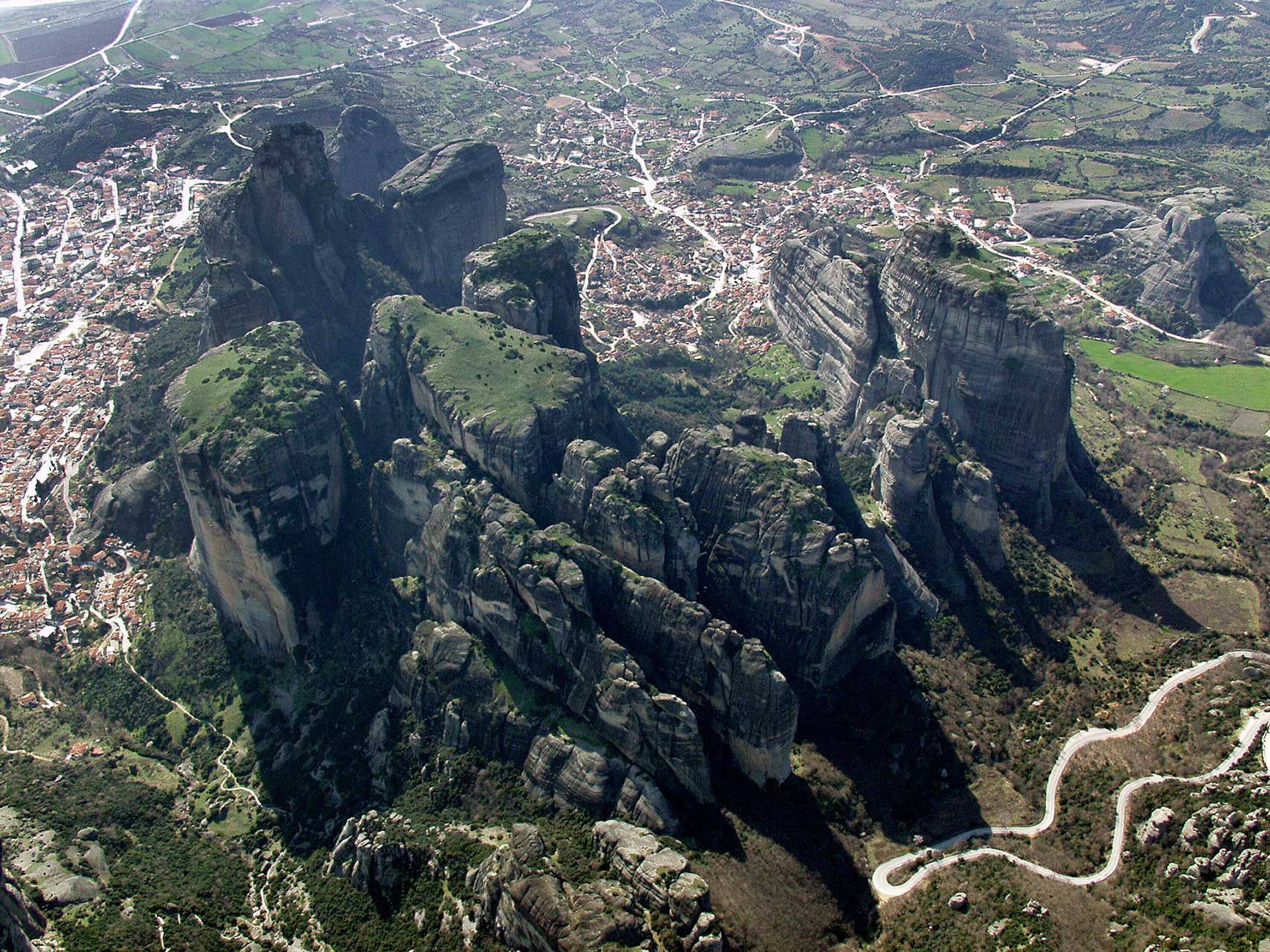
Story of rock formation
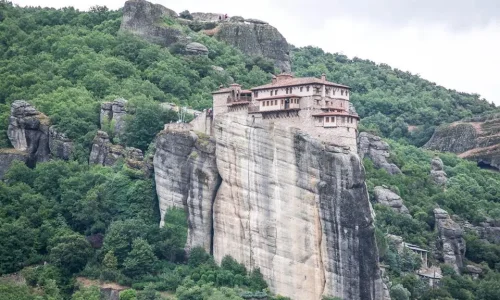
The story of Meteora’s geological formation is as ancient as the earth itself, a narrative that unfolds over millions of years. Once submerged beneath the vast expanse of the sea, this land bore witness to the tumultuous dance of tectonic plates and the patient caress of wind and water. Slowly, but inexorably, the forces of nature sculpted the landscape, shaping the sandstone and conglomerate into the breathtaking pillars that we marvel at today.
Each towering monolith tells a tale of resilience and endurance, bearing the scars of countless eons etched into their weathered facades. From afar, they appear as sentinels guarding the secrets of the earth, their silent vigil a testament to the passage of time.
Yet, it is not just the geological wonders of Meteora that draw visitors from far and wide; it is the spiritual aura that permeates this sacred landscape. For centuries, Meteora has been a place of pilgrimage and prayer, a refuge for those seeking solace and enlightenment in the embrace of the divine.
In the 9th century, hermit monks, drawn by the solitude and serenity of the rocky terrain, began to inhabit the caves and crevices of Meteora. Here, amid the stark beauty of the wilderness, they sought communion with God, living lives of austere devotion and contemplation.
Spiritual part of Meteora
The Rise of the Monastic Community As the centuries passed, the monastic community of Meteora grew, evolving from humble beginnings into a flourishing center of spiritual life. In the 14th century, spurred by a desire for communal living and a need for protection against marauding invaders, the monks began to construct the first monasteries atop the towering cliffs. Perched precariously on sheer rock faces, these monastic enclaves were more than just places of worship; they were bastions of faith and knowledge, preserving the teachings of the Orthodox Church and the wisdom of the ages.
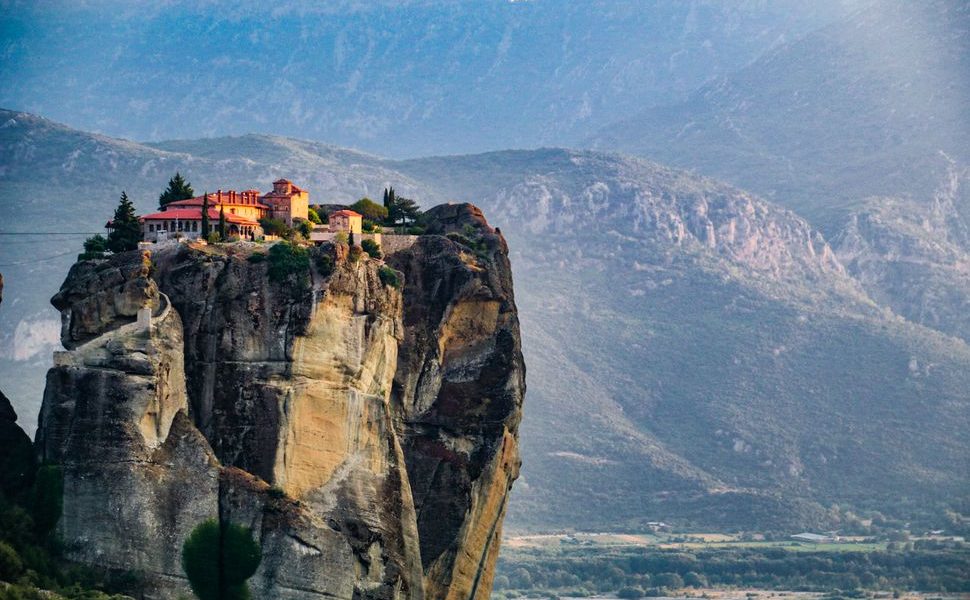
Churches & Monasteries
Monasteries:
- Great Meteoron Monastery: Established in the 14th century, the Great Meteoron Monastery is the largest and oldest of the monasteries in Meteora. Perched atop a sheer rock pinnacle, it offers stunning panoramic views of the surrounding landscape. Its architecture reflects a blend of Byzantine and Venetian influences, with frescoes and icons adorning its interior walls.
- Varlaam Monastery: Built in the mid-14th century, the Varlaam Monastery is renowned for its intricate frescoes and ornate woodcarvings. Accessible via a suspended bridge, this monastery is perched high above the ground, providing a sense of isolation and spiritual elevation.
- Roussanou Monastery: Founded in the 16th century, the Roussanou Monastery is known for its delicate beauty and feminine charm. Accessible via a bridge, it offers a unique perspective of the surrounding landscape, with panoramic views of the nearby rock formations and valleys below.
- St. Stephen’s Monastery: Built in the 16th century, St. Stephen’s Monastery is the only monastery in Meteora that is accessible by road. Its compact size and intimate atmosphere make it a popular destination for visitors seeking a more tranquil and contemplative experience.
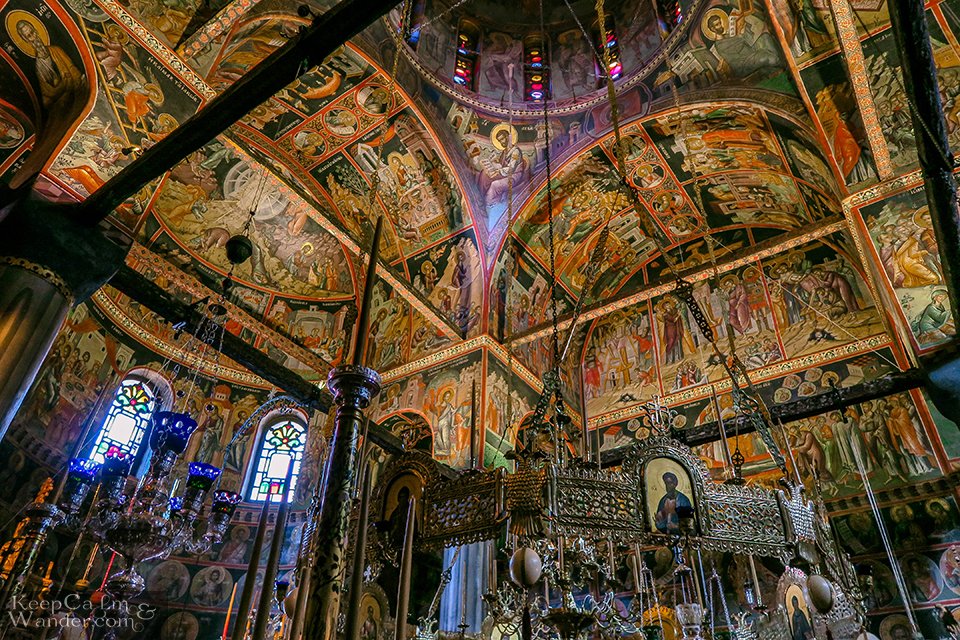
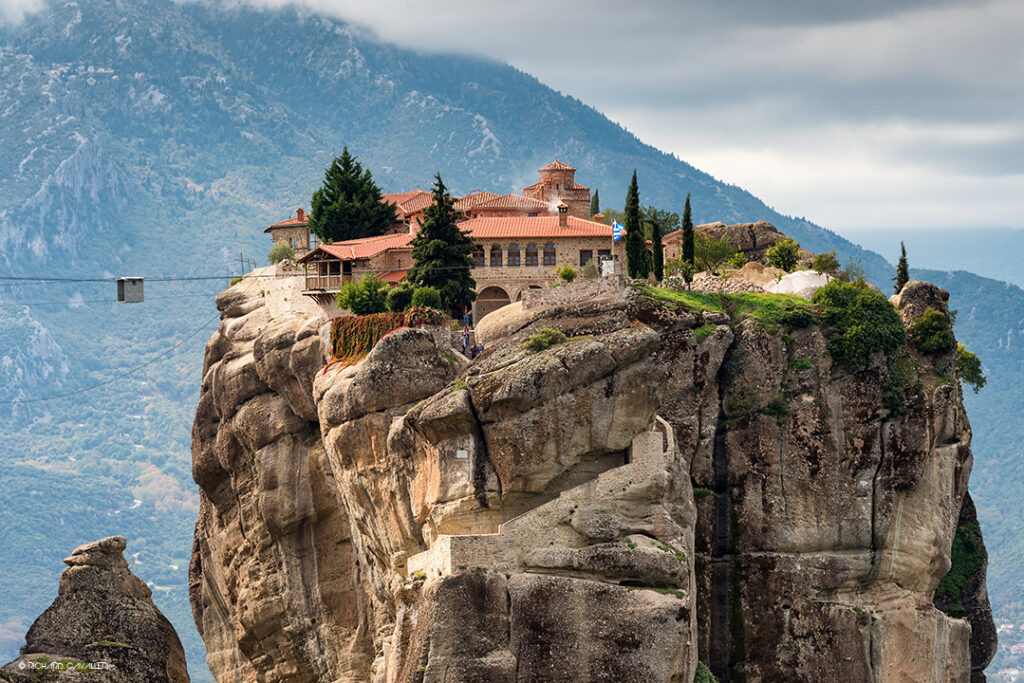
Churches:
- Holy Trinity Monastery Church: Perched atop a rock pinnacle, the Holy Trinity Monastery Church is a striking example of Byzantine architecture. Its interior is adorned with vibrant frescoes depicting scenes from the life of Christ and the saints.
- St. Nicholas Anapafsas Church: Nestled within the cliffs of Meteora, the St. Nicholas Anapafsas Church is renowned for its well-preserved frescoes dating back to the 14th century. The church’s interior features intricate iconography and elaborate decorative motifs.
The spiritual side of Meteora includes its deep bond with nature, its interesting past, and the amazing tall rocks. When people explore this special place, they feel amazed and peaceful, finding comfort in its beauty. Meteora shows how people and the divine are connected, welcoming everyone to learn more about themselves and the world.
WHY METEORA IS SO SPECIAL?
Meteora beautifully combines geology and religion. The tall rocks create a stunning backdrop for the religious sites perched on top. As people visit, they’re not just amazed by the rocks but also feel a strong sense of spirituality. Meteora shows how nature and religion can come together, inviting everyone to appreciate the wonders of both.
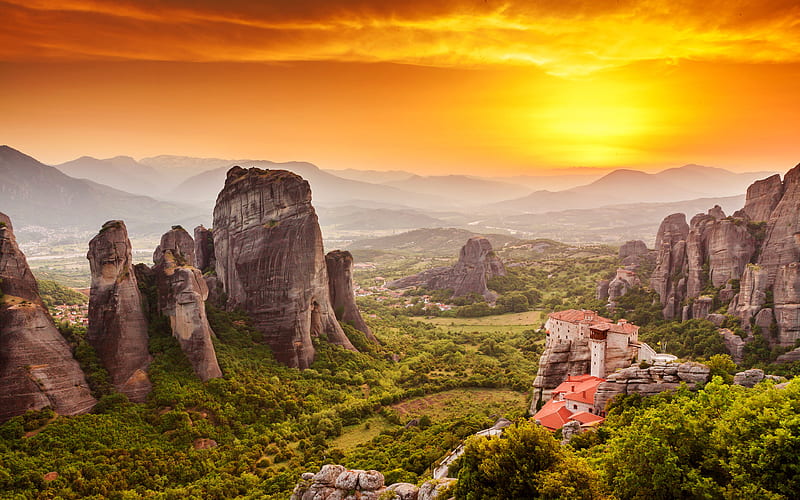
The Post was created by Wiktor, Artur, Bruno and Błażej from II LO in Sieradz
